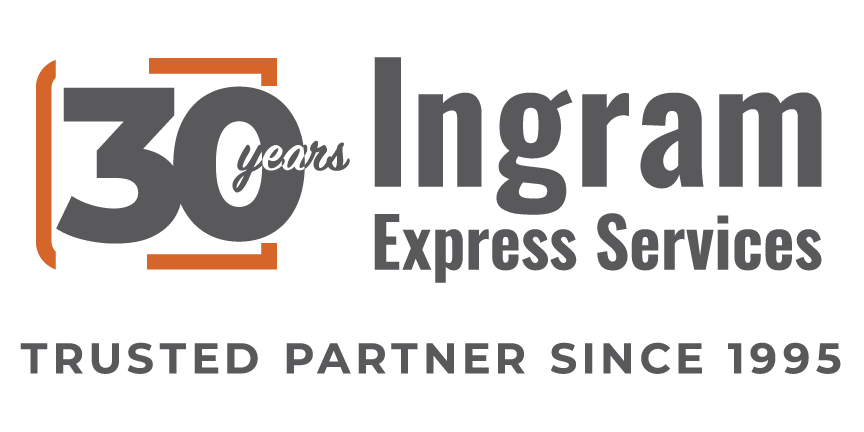Digital vs. Offset
September 20, 2016
In the commercial print world there are two major ways to get what you need printed. In truth, both ways have extremely good quality and can make the end user happy. Both can give an eye popping end product that can set them apart and make their product or idea more noticeable in their area of operations. The two types of printing I am talking about is offset and digital, and if you are still reading this, then you most likely fall into one of a couple of categories.
- You are not sure what criteria to use to find a printer to print your product.
- You are new to the printing process and did not realize you have two options available.
- You are really bored and thought, hey, I can catch up on the whole digital vs offset thing.
I will discount number 3, but if you fall into that category, just know this, there is help out there for you.
So what is offset printing, you might ask?
Offset printing transfers an image off of a plate to a rubber blanket to the final substrate (or material).
What is the strength of offset printing?
Once the press is set up, it can run very large volumes in a very efficient and consistent manner.
Okay, that clears that up, so what about digital printing?
Digital printing takes a digital based image and prints directly to the final substrate (or material).
What is the strength of digital printing?
Short runs rule. In this day and age where personalization matters to customers and their clients, printing digitally makes a lot of sense.
Still not sure exactly where you fit in, or which way to go?
If you fall into category number 1 or 2 then this is what I have for you.
- Size Matters – (Run size that is): If you need to have thousands of the same document printed, on the same size, thickness and image, then your best bet is to find an offset printer.
- Type of material you want printed onto: Offset printing on styrene (above .040) is not viable. Whereas a digital printer has more flexibility in the material used.
- Variety is the spice of the digital life: Take for instance, if you are in a store that has hanging signs. These signs are there to help you easily identify where you want to go. A digital printer would be your best option as chances are you are not ordering 10 of the exact same sign to hang up in your store. If you have 5 different locations, and one of your “Safety is our First Priority” signs falls down, narrowly missing a valued customer, you realize you only need one sign to replace, then digital is definitely the way to go.
- Speed, speed, speed: If you have the artwork (which will need to be supplied no matter which way you go, offset or digital) ready. Then the digital printer types in a couple of key strokes and your artwork is on its way the press. The offset printer will need to make the die, change out the existing die with the new die, and then run the job.
Well there you have a quick glance at the differences in offset vs digital printing.
